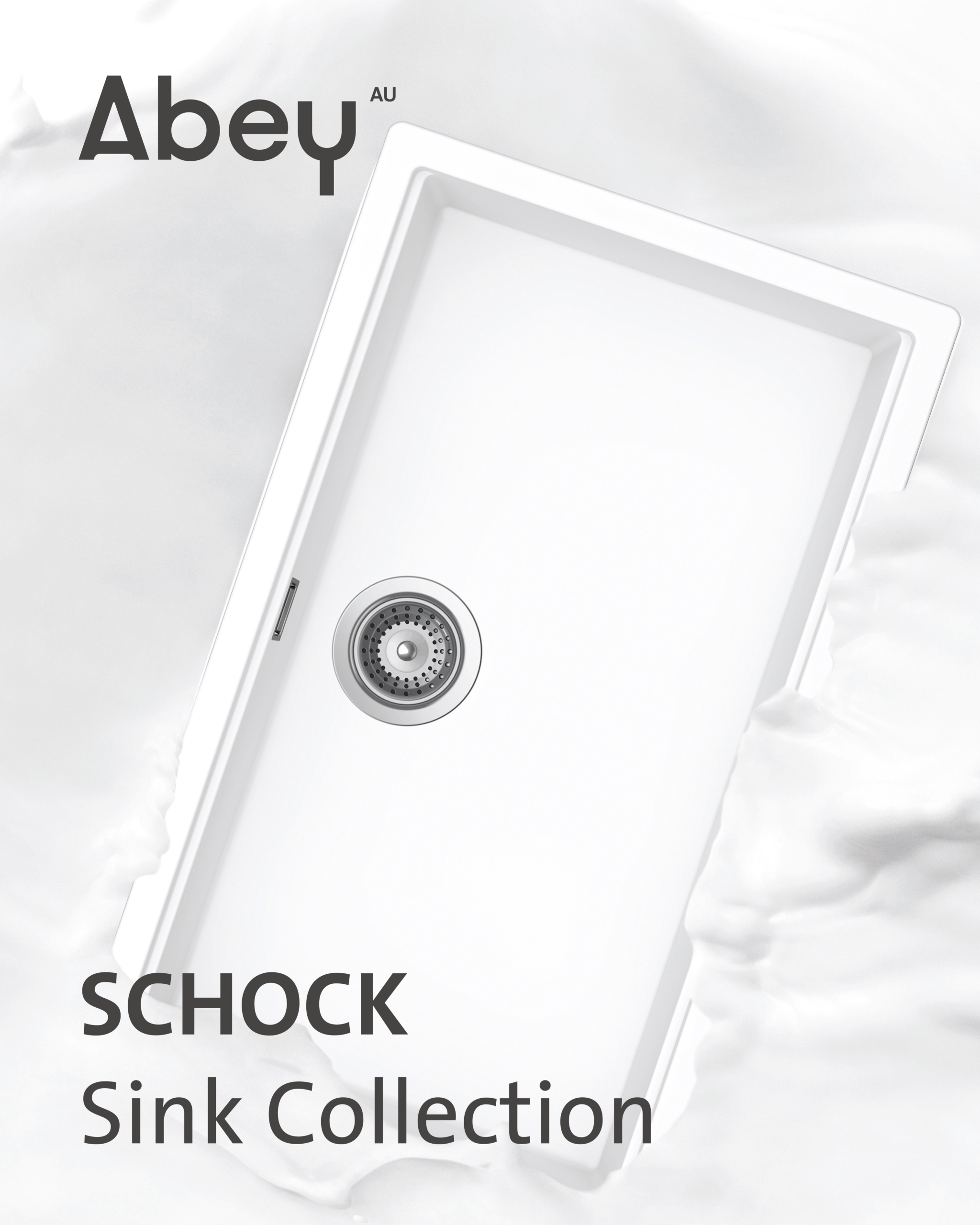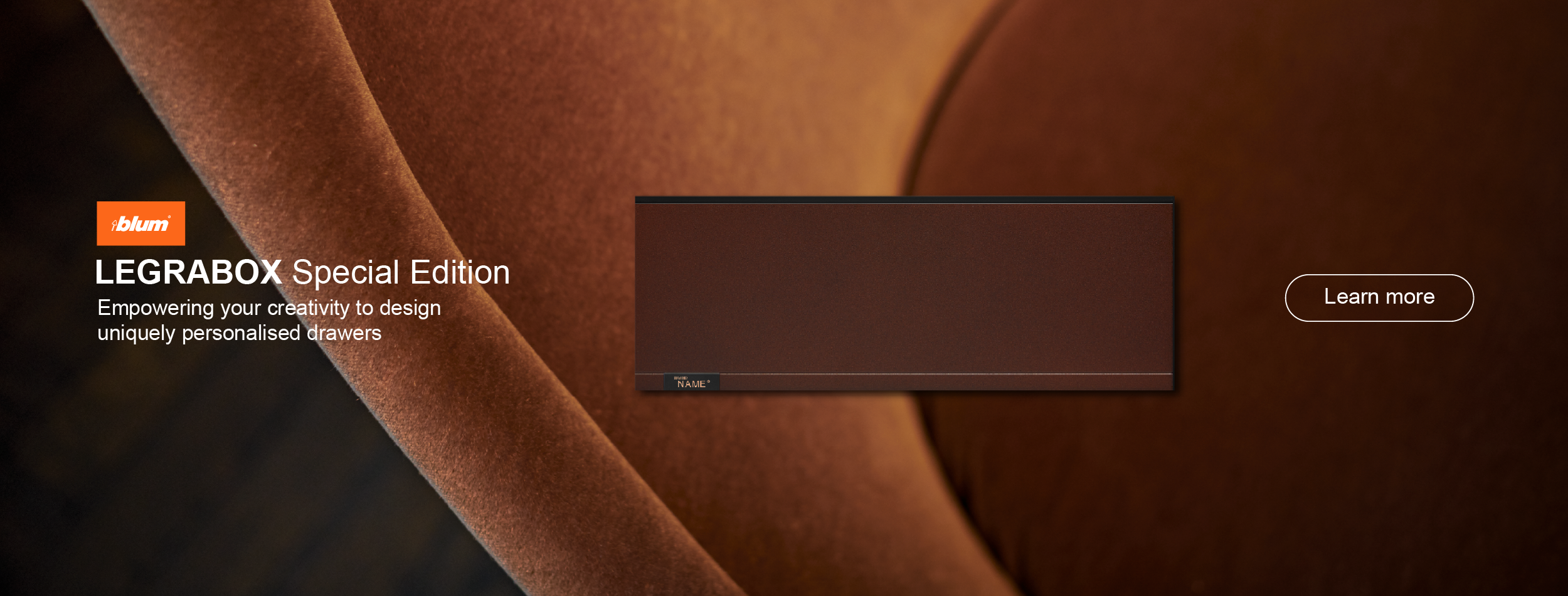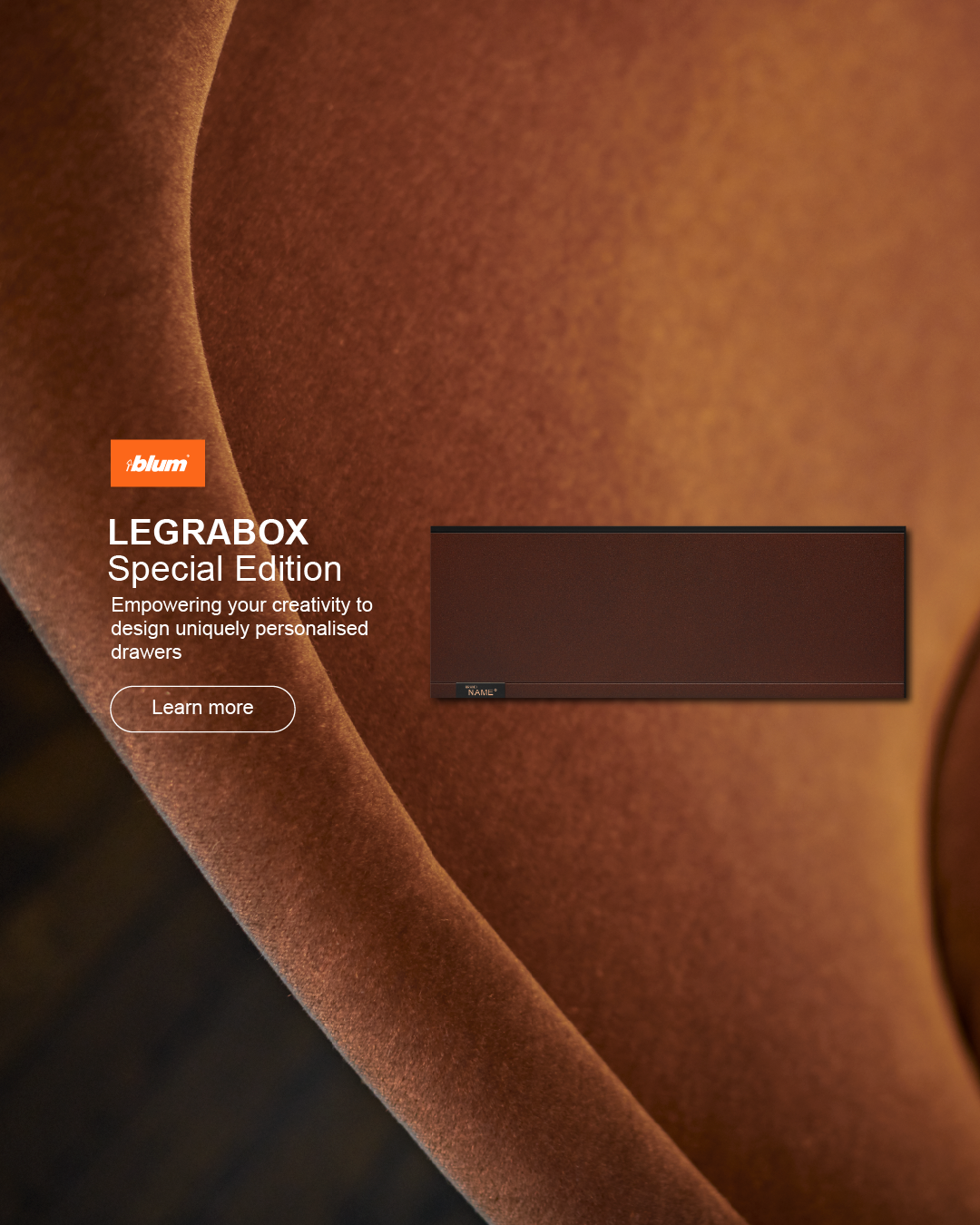
Set In Place – Ground House 107R by David Fewson
Immersed in the subtropics of Tintenbar, on the Far North Coast of New South Wales, Ground House 107R is a rugged guesthouse of unexpected beauty and craftsmanship. Crafted by local designer and builder David Fewson, the off-form concrete building sits gently in the landscape, offering a secluded oasis for guests to connect and unwind.
David has resided on the rural property with his family for many years, cultivating a strong affinity for its lush hinterland surroundings. Once a macadamia farm, the generous site now contains the Fewsons’ original family home – the home of David’s eldest daughter Hannah and her family – and Paddock Hall, the family’s first self-contained guesthouse, designed and built by David as an exploration of traditional timber craftsmanship. In developing a secondary guesthouse for the site, David challenged himself to embrace a new medium whilst striving to craft a private and site-responsive home. True to the origins of off-form concrete construction, 107R embraces a brutalist expression, tempered by finely crafted details and verdant landscaping.
As landlord, designer and builder, David says “the brief was my own, which meant that I only had to fulfill my own vision,” a condition that inspired an unencumbered sense of creative expression. Though there were few constraints, the project’s intent as a private retreat and its proximity to the site’s other dwellings encouraged David to consider an embedded architectural form. “It needed to be part of the landscape, and I wanted only to catch glimpses of it,” he says. Interested in concrete’s ability to feel both industrial and organic, David says his early inspiration was the ‘new wild’ of Chernobyl – “the way the concrete is softened when it is taken over by nature,” he muses. The subterranean lair of The Thunderbirds, one of the family’s favourite shows, was also a point of reference, driving David to consider the transportive and enigmatic potential of the building.
The home’s elongated form sits laterally to the fall of the land, articulating a vegetated rooftop that reads as a continuation of the topography. The slender roof slab is supported by six concrete stanchions that seem to bend into the hill like silvered tree trunks – the result of David sketching an arc by hand, it is “an organic expression, so the building looks more at home in the landscape,” he says. In front, a projected, tapered wall announces the property with subtle lettering cast into the concrete – a beacon for guests and a screening device to the circular pool beyond. “Every aspect of the build is a response to its physical context,” reflects David. Even the earthen tones visible when excavating the site are reflected in the home’s final form, with russet window frames melding with the red hues of the earth and gum leaves when they fall.
The garden, designed in collaboration with LARC Landscape Architecture, further grafts the structure to its site. “I always try to avoid a building looking imposing or demanding something of a viewer or an occupant,” reveals David. “I want to avoid the ego in such a build that is more about the building itself rather than the landscape,” he continues. Approaching the garden design with equal sensitivity to the property’s natural context, a selection of native species creates a recessive feel, as though the building has always been there. Stones for the dry-stone walling originated from the excavated site itself, and the hedges offer a sense of privacy, so that guests can feel fully immersed in the environment.
The home’s wide window openings test the load-bearing limitations of concrete construction yet are critical in uniting the interior with views to the creek and drawing in northern light. These broad openings lend the compact interior an increased sense of space, with sightlines extending far beyond the building envelope. They also animate the home’s concrete shell with changing light throughout the day – “an unexpected joy,” reflects David. “When you allow so much of the natural world into a space, the changing qualities of the bush and the different moods of the day are expressed on the walls.”
In concert with the architectural design, David established a clear vision for the interior, including the design of bespoke furniture, cabinetry and light fittings. Working with his wife, Jane, and daughter Hannah to rationalise its execution, the interior follows a pared-back yet highly crafted expression.
In concert with the architectural design, David established a clear vision for the interior, including the design of bespoke furniture, cabinetry and light fittings. Working with his wife, Jane, and daughter Hannah to rationalise its execution, the interior follows a pared-back yet highly crafted expression. “We wanted to offer an alternative to the typical accommodation in the area – something that felt cosmopolitan,” says Hannah, who worked with David to develop a cohesive palette that felt warm, tactile and inviting. The extensive use of brass in the home’s benchtops, splashbacks, custom bathroom planter and lights reflects David’s love of the material in its natural state. “Brass seems alive in how it marks and tarnishes and turns that sort of dull colour,” suggests David. “I think of it more like timber.” These surfaces, with the characterful inflections they garner, impart a sense of organic change, humanising the interior’s atmosphere.
Hannah recalls the manufacture of the home’s timber cabinetry as one of the more arduous aspects of the build. “The panelled finish comprises of hundreds of pieces of concave timber strapping,” she reveals. “Each piece was cut to length, planed, hand-finished and laid by an artisan cabinet-maker.” This laborious process overlays the home’s elemental island bench, kitchen and bathroom cabinetry and suspended bed with a detailed quality, crafted with care and precision. Delighted with the result, David asserts that these elements “are just as much a part of the finished product as the floors and walls.”
Understanding David’s broader vision for the interior, Jane and Hannah sourced unique tiles, furniture and accessories to bring the guesthouse experience to life. Small-format natural jade mosaics found in Indonesia wrap the curved shower alcove, complemented by brass tapware by Australian boutique manufacturer Faucet Strommen. Gentle floor-to-ceiling drapery lines the glazed perimeter, effectively softening the building’s hard-edged, brutalist form, whilst a refined collection of furniture evokes a subtle midcentury feel. The interior is accentuated by the artworks of David’s youngest daughter, Dolly Fewson, vintage glassware, quality linen and a curated playlist to “transport guests in a sensory way,” says Hannah. “I think if you know the story and aim of a building, you can listen and it will tell you how to finish it,” reflects David.
This intuitive approach yields a relaxing, place-specific dwelling that belongs to its context. The guest experience is thoughtfully considered from arrival to departure, with the ambition to create lasting memories for guests. “I would call it a hideaway, a silent living space with a garden above – a place for an interesting holiday,” says David. Responsible for steering the identity of the guesthouse from inception to completion, he hopes the end result grounds occupants in the site’s natural surroundings. “I also want the guesthouse to ignite each visitor’s imagination, in that maybe the space feels a little bit familiar to everyone,” he smiles.
























![Light Mine By Crosson Architects Issue 10 Feature The Local Project Image 41[1]](https://d31dpzy4bseog7.cloudfront.net/media/2022/11/26034632/Light-Mine-by-Crosson-Architects-Issue-10-Feature-The-Local-Project-Image-411-768x1076.jpeg)




